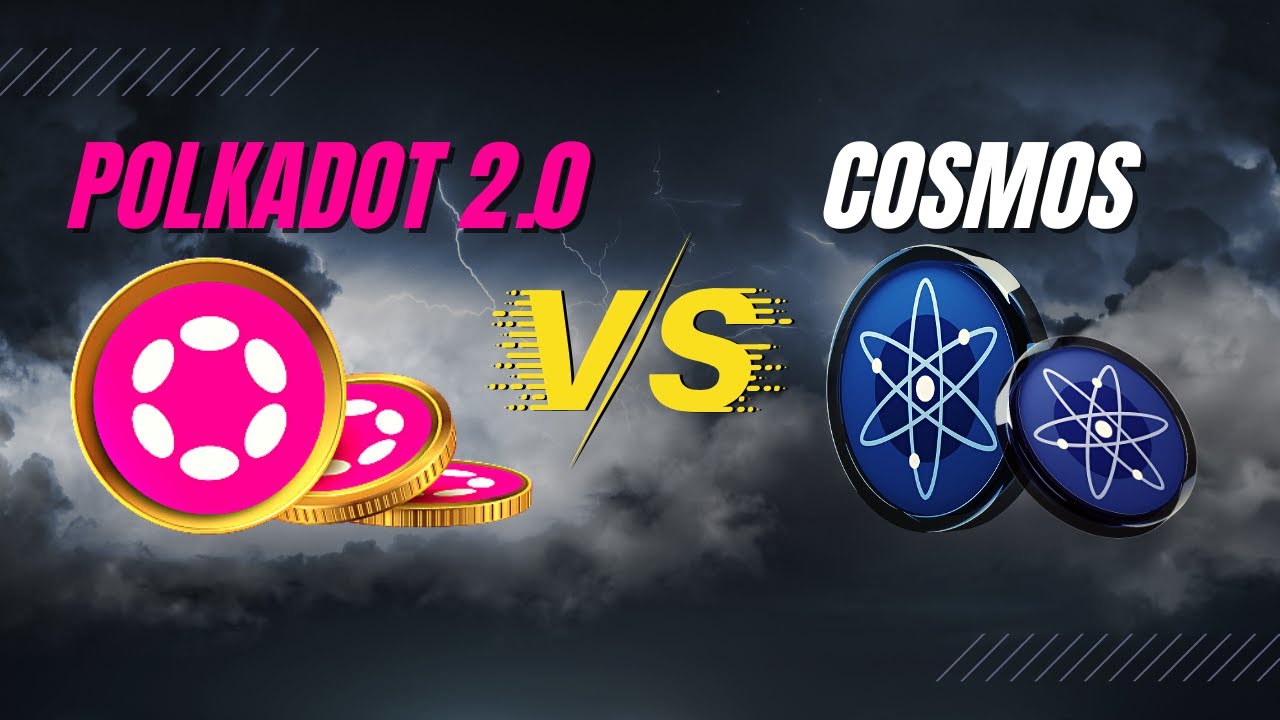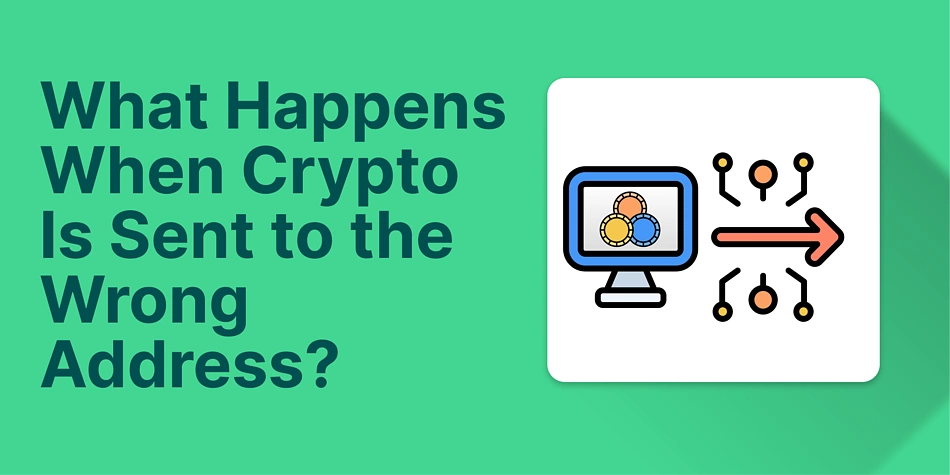🔗 Sharding in Ethereum: Complete Guide to the Next Evolution of Blockchain Scalability
As Ethereum continues to grow into the world’s leading smart contract platform, scalability remains one of its greatest challenges. One of the core solutions to this problem is sharding — a technology long-anticipated in Ethereum’s roadmap, especially as part of Ethereum 2.0 (also known as the Consensus Layer).
In this detailed guide, we’ll explore:
- What is sharding?
- Why Ethereum needs sharding
- How sharding works in Ethereum
- The phases of Ethereum 2.0 and sharding
- Benefits of sharding
- Challenges and limitations
- Sharding vs other scaling solutions (like Layer 2)
- Current status and future outlook
🚀 What Is Sharding?
Sharding is a database and blockchain scaling technique that breaks data into smaller, manageable parts called shards, allowing for parallel processing.
In the context of Ethereum:
Sharding splits the Ethereum blockchain into multiple smaller blockchains (shards), each capable of processing its own transactions and smart contracts.
Rather than every node processing every transaction, each node processes only the transactions in its assigned shard — massively increasing throughput.
❓ Why Does Ethereum Need Sharding?
Ethereum, in its original form, is monolithic — every full node must process and store all transactions. This results in:
- Limited transactions per second (TPS) — around 15–30 TPS.
- High gas fees during peak usage.
- Network congestion (e.g., during NFT launches or DeFi booms).
To support global adoption, Ethereum must scale to thousands of transactions per second. While Layer 2 solutions (like rollups) help offload some load, true scalability at the base layer requires structural change — and that’s where sharding comes in.
🧩 How Does Sharding Work in Ethereum?
Sharding in Ethereum divides the blockchain into multiple shards (initially expected to be 64), each responsible for:
- Storing its portion of Ethereum’s state.
- Processing its own transactions and smart contracts.
- Maintaining its own history.
Each shard operates in parallel, enabling simultaneous transaction processing — a massive improvement over serial processing.
Beacon Chain (Consensus Layer)
To coordinate shards, Ethereum uses the Beacon Chain, which:
- Manages validator sets and consensus.
- Assigns validators randomly to different shards.
- Ensures cross-shard communication and finality.
🏗️ Ethereum 2.0: The Road to Sharding
Ethereum’s evolution to a sharded blockchain occurs in several phases:
✅ Phase 0 – Beacon Chain (Launched in Dec 2020)
- Introduced Proof-of-Stake consensus.
- Set the foundation for validator coordination.
✅ Phase 1 – Shard Chains (Originally planned)
- Introduced 64 shard chains.
- Post-Merge, Ethereum now plans to use shards primarily for data availability, not computation.
✅ Phase 1.5 – The Merge (Completed in Sept 2022)
- Ethereum transitioned from Proof-of-Work to Proof-of-Stake.
- Unified the existing Ethereum mainnet with the Beacon Chain.
🔄 Reworked Plans Post-Merge
Post-Merge, Ethereum shifted focus:
- Shards will not handle computation initially.
- Instead, they will serve as data layers to support rollups, making Layer 2 scaling more efficient.
💡 Benefits of Sharding in Ethereum
1. Massive Scalability
- Theoretical throughput could reach 100,000 TPS with rollups + sharding.
- Each shard processes transactions independently.
2. Lower Gas Fees
- Increased capacity reduces competition for block space.
- Gas fees become affordable, especially for small users.
3. Support for Layer 2 Rollups
- Shards will act as data availability layers, improving rollup security and speed.
4. Decentralization
- Nodes only need to store data from their shard → lower hardware requirements.
- Makes it easier for individuals to run validator nodes → promoting decentralization.
5. Energy Efficient
- Sharding works in tandem with Proof-of-Stake.
- Reduces the computational load on validators.
⚠️ Challenges and Criticisms
1. Cross-Shard Communication
- Executing smart contracts across multiple shards is complex.
- Requires asynchronous message passing.
- May result in delays or inconsistent states.
2. Validator Collusion
- Shard-specific validators might collude to alter their local shard.
- Ethereum’s random validator assignment and frequent rotation help prevent this.
3. Complex Implementation
- Sharding is hard to implement without compromising on security or composability.
- Ethereum has postponed its implementation multiple times to refine design.
4. Not Ideal for All Use Cases (Yet)
- Ethereum will initially not support execution shards.
- Full smart contract interaction across shards might take years to perfect.
🔄 Sharding vs Layer 2 Scaling
| Feature | Sharding | Layer 2 (Rollups, Plasma) |
|---|---|---|
| Level | Layer 1 (base chain) | Layer 2 (built on top of Ethereum) |
| Role | Increase base layer capacity | Offload computation, batch txs |
| Security | Directly secured by Ethereum | Inherits security (via fraud/zk proofs) |
| Status | In development | Actively used (Arbitrum, Optimism) |
| Best For | Scaling data availability | Scaling computation and DApps |
👉 Combined together, rollups and sharding create a synergistic effect — sharding improves rollup performance by providing low-cost, secure data layers.
🧭 What Will Ethereum Look Like with Sharding?
Here’s a glimpse into the future:
- Rollups handle smart contract execution.
- Shards provide secure, decentralized data availability for rollups.
- Beacon Chain ensures coordination, finality, and randomness.
This design makes Ethereum:
- Modular
- Efficient
- Decentralized
- Capable of handling mainstream adoption
📆 Timeline and Current Status
Sharding was originally scheduled for 2023–2024, but has been adjusted to follow the rollup-centric roadmap:
- Data sharding (for rollups) is now the top priority.
- Execution sharding (running full smart contracts per shard) may come years later or may be replaced by more advanced Layer 2 strategies.
As of 2025, Ethereum core developers are actively working on:
- Danksharding — a new sharding design proposed by researcher Dankrad Feist.
- Proto-Danksharding (EIP-4844) — an intermediate step that introduces blob-carrying transactions for data scaling.
🔮 Future of Sharding
Ethereum’s long-term success hinges on the seamless integration of:
- Sharding for base layer scalability
- Rollups for smart contract execution
- Zero-knowledge proofs for privacy and efficiency
- Lightweight nodes for accessibility
When fully implemented, Ethereum could surpass Visa-level scalability while maintaining its decentralization ethos.
✅ Final Thoughts
Sharding is not just a technical upgrade — it’s a fundamental transformation in how Ethereum operates. Though it has evolved from its original vision, its redefined role in enabling scalable, secure, and decentralized infrastructure is more important than ever.
As Ethereum moves forward, sharding will likely be the core enabler of its ambition to become the world’s decentralized computer.




